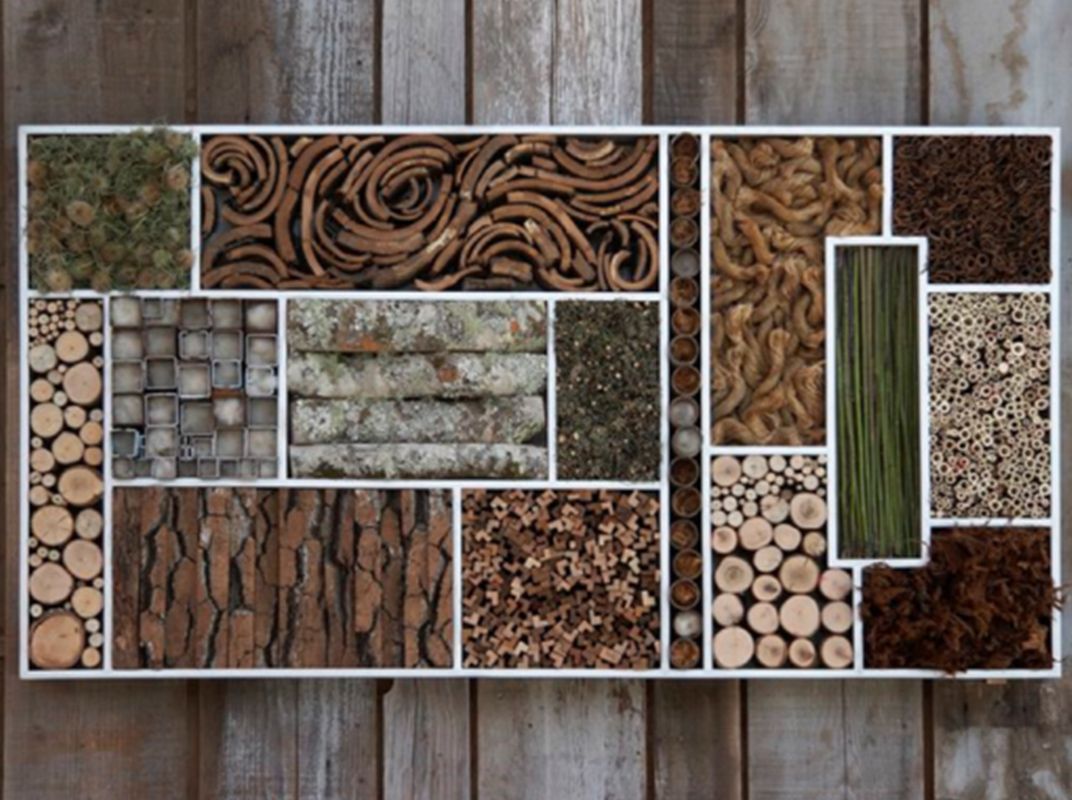Creating an Insect Habitat in Your Garden: A Detailed Guide
Core Concepts
In creating an insect habitat, the author emphasizes the importance of providing shelter for insects during winter to support the ecosystem. The approach involves combining functionality with aesthetics to attract and sustain insect populations.
Abstract
Creating a bug sanctuary in urban areas is crucial due to the lack of natural overwintering sites for insects. The article details the process of building an attractive and functional insect habitat using natural materials. By emphasizing the significance of insects in ecosystems, it highlights various ways gardeners can contribute to supporting insect populations.
How to Create an Insect Habitat in Your Garden
Stats
Insects are essential as they pollinate food, serve as bird and animal food, and decompose dead material.
The depth of the box for the insect habitat was designed to be 6 inches.
Natural materials like Chamaecyparis trunks were used in constructing the habitat.
Quotes
"Adult insects frequently lay eggs in protected spots hoping their offspring survive winter."
"Insects play a vital role in pollination, decomposition, and serving as food sources."
Key Insights Distilled From
by Smithsonian ... at www.smithsonianmag.com 02-21-2024
https://www.smithsonianmag.com/smithsonian-institution/creating-insect-habitat-ripley-garden-180961898/
Deeper Inquiries
How can urban areas better incorporate insect habitats into city planning?
Urban areas can better incorporate insect habitats into city planning by implementing green infrastructure initiatives such as creating green roofs, installing vertical gardens, and incorporating native plantings in public spaces. By including these elements in urban design, cities can provide essential habitat for insects while also improving air quality, reducing the urban heat island effect, and promoting biodiversity within the cityscape.
What are potential drawbacks or challenges associated with creating bug sanctuaries?
Some potential drawbacks or challenges associated with creating bug sanctuaries include the risk of attracting unwanted pests or invasive species that could disrupt local ecosystems. Additionally, maintaining bug sanctuaries requires ongoing effort to ensure they remain suitable habitats for beneficial insects without becoming breeding grounds for harmful pests. There may also be concerns about public perception if bug sanctuaries are not aesthetically pleasing or if they attract large numbers of insects that some people find bothersome.
How does the construction of insect habitats impact local biodiversity?
The construction of insect habitats can have a positive impact on local biodiversity by providing shelter and resources for a wide range of insect species. Insects play crucial roles in ecosystem functioning, such as pollination, nutrient cycling, and pest control. By creating diverse and well-designed insect habitats, gardeners and conservationists can support a healthy population of beneficial insects that contribute to overall ecosystem health. This increased biodiversity can lead to more resilient ecosystems that are better able to withstand environmental changes and disturbances.
0
